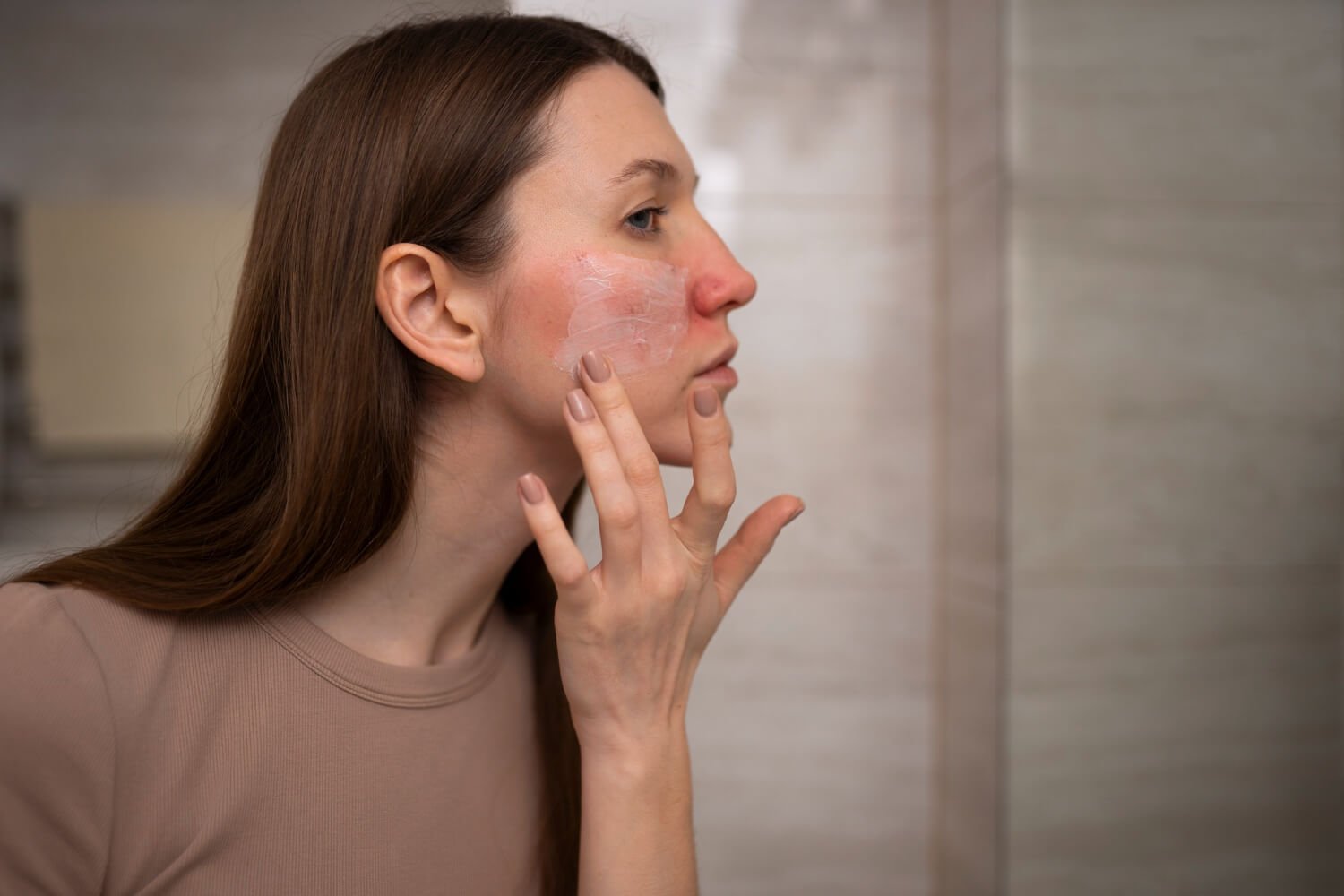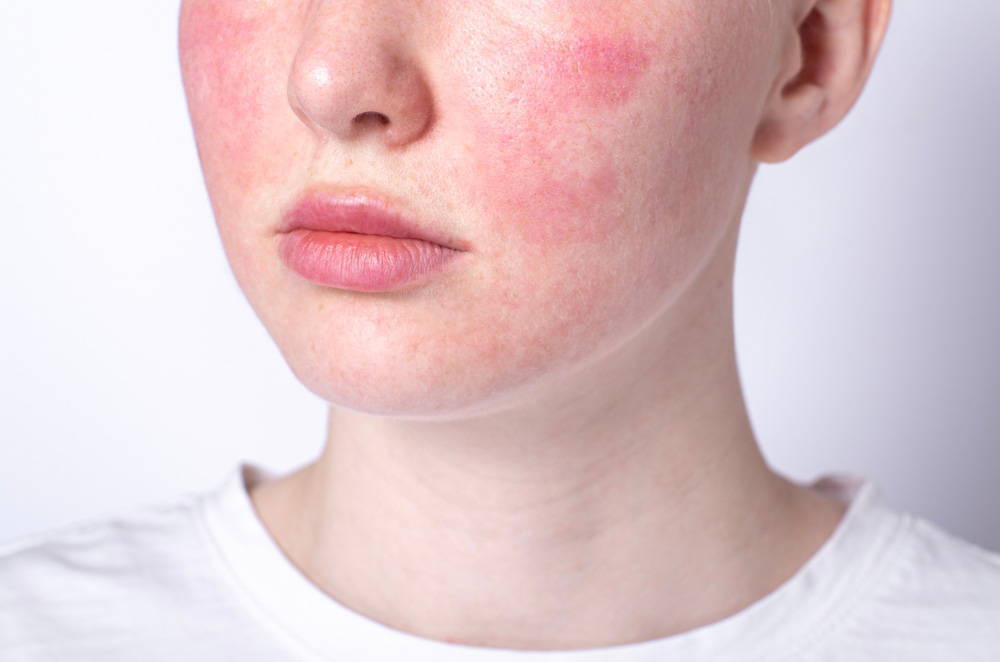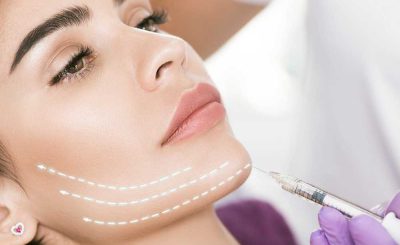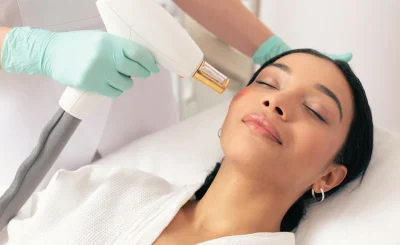In the high pace of today’s world, it’s easy to overlook issues like rosacea, a common skin condition. It’s akin to how one might overlook the prevalence of sheepshead bay skin infections amidst the everyday hustle and bustle. Seasoned dermatologists see these conditions are part of their everyday reality. Today’s blog post aims to clear the fog around rosacea – its causes, symptoms, and treatments. It’s time to get a clear understanding of this skin condition, just like understanding the true extent of skin infections.
What is Rosacea?
Rosacea is a long-term skin condition that mainly affects the face. It results in redness, pimples, swelling, and small and superficial dilated blood vessels. Often, the nose may be bulbous. The cause of rosacea is unknown.
Common Symptoms of Rosacea
Rosacea manifests differently in each individual. However, there are common symptoms that help in diagnosing this condition. These include redness on the cheeks and nose, visible blood vessels, acne-like breakouts, and irritated eyes.
Treatments for Rosacea
Although there is no cure for rosacea, treatments can help manage and reduce its signs and symptoms. Treatments include topical drugs that reduce redness and oral antibiotics for more severe symptoms.

Rosacea vs Skin Infections
While rosacea is a chronic condition, skin infections are usually acute and can be caused by a variety of factors including bacteria, viruses, and fungi. Treatment for these infections often includes antibiotics or antifungal medications.
Preventing Rosacea
Prevention is always better than cure. Avoiding triggers such as sun exposure, stress, hot weather, alcohol, spicy foods, exercise, and hot baths can help reduce the occurrence of rosacea.
To conclude, understanding the condition is the first step towards managing it. Just as knowledge of skin infections can help in their prevention and treatment, understanding rosacea can help individuals control its symptoms and live a healthier life.
References
- National Rosacea Society
- American Academy of Dermatology







